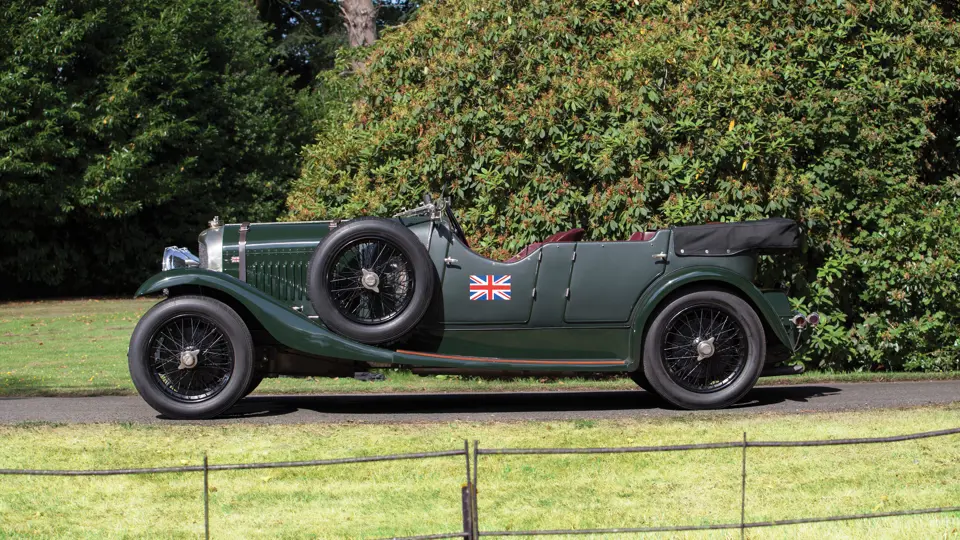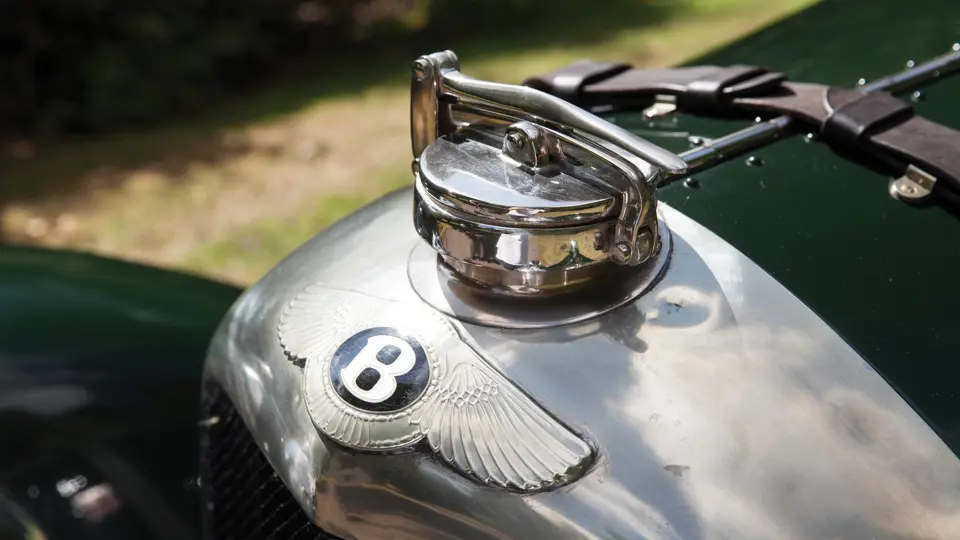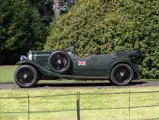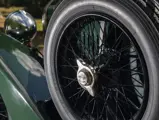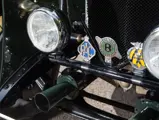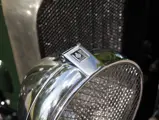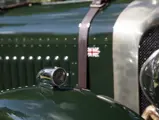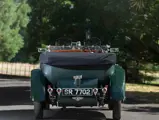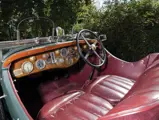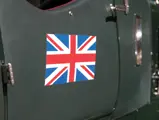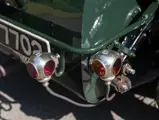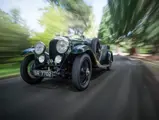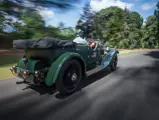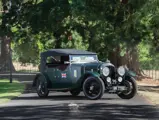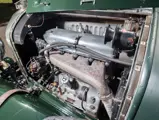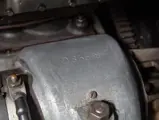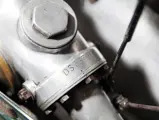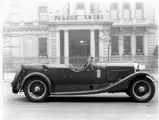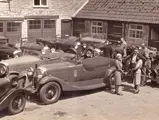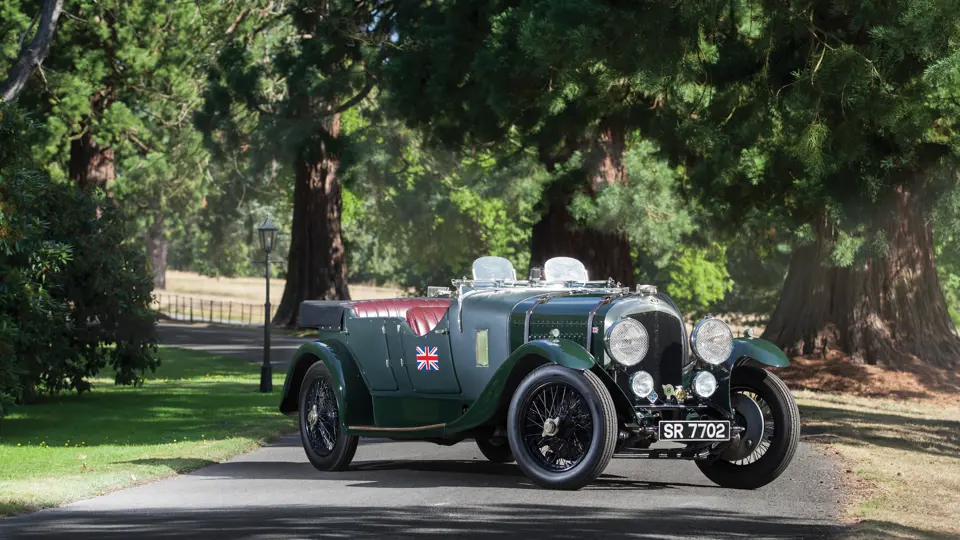
1929 Bentley 4½-Litre Tourer by Cadogan
{{lr.item.text}}
£420,000 GBP | Sold
{{bidding.lot.reserveStatusFormatted}}
- Well-documented history
- H.M. Bentley-restyled original Cadogan fabric bodywork
- The long-time beloved property of Bentley Drivers’ Club members
- Accompanied by a detailed report by Bentley expert Dr Clare Hay
- Ready for extended touring
100 bhp, 4,398 cc SOHC inline four-cylinder engine, four-speed manual transmission, semi-elliptical leaf-spring suspension, and four-wheel mechanical drum brakes. Wheelbase: 3,300 mm
THE 4½-LITRE
Spurred by the need for greater power and speed, which was required for Bentley Motors to ensure its competitive supremacy on the world’s racing circuits, the 4½-Litre model made its debut in late 1927, following a prototype’s running at that year’s Le Mans race. As the successor to the 3-Litre, it utilised the same bore and stroke as the six-cylinder 6½-Litre but still retained the 3-Litre’s shaft-and-helical camshaft drive. The engine quickly proved its mettle, with Bentley swiftly taking an outright win at Le Mans in 1928 and meeting much continued success afterward at Brooklands. In racing trim, a properly prepared 4½-Litre was capable of 120 mph, which is a speed considered quite remarkable for the era.
Bentley built 665 of the 4½-Litre chassis, almost all of them with the longer 3,300-millimetre wheelbase and all with custom coachwork. During the four-year production run, few modifications to the engine were deemed necessary, attesting to its superb overall design.
CHASSIS NUMBER DS3570
Chassis number DS3570 was sent to coachbuilders Cadogan Motors (1928) Ltd. on 22 July 1929, and it is believed to have been used as a demonstrator by prominent London dealer Gaffikin Wilkinson prior to being sold to its original owner, D.C. Cowans Fairweather of Angus, Scotland, and registered in Aberdeen as SR 7702 in July 1930. It is believed to have next passed in 1932 to G. Ellis, of London, in whose ownership the car was involved in an accident that necessitated the replacement of the chassis frame and front axle. Remarkably, at this time a new old stock frame and axle were available, and these were installed onto the car; this is reinforced by the current frame carrying the original number of DS3570, which appears to be a factory Service Department installation, whereas the replacement axle is not numbered.
The car next made its way into the ownership of J. Armstrong, of London, in 1935 or 1936, and in 1938, it underwent modernisation whilst in the care of dealer H.M. Bentley (its builder’s brother). As was typical of the era, the Cadogan coachwork was modified at this time, with the front doors cut down in a racing fashion and the wings, running boards, and valances all modernised. Telecontrol shock absorbers were also fitted at this time, along with an oversized petrol tank.
The next recorded owner of the car was John Harris, a well-known Bentley Drivers’ Club member, who took ownership in 1946, followed by Captain H.A.K. Lay between 1946 and 1948. A succession of owners and active use in BDC meets in England followed, with the most prominent of those owners being K.J.R. Tanner, who acquired the car in 1967 and retained ownership of it for decades. It was eventually sold in 2007 and has since had its body restored by James Pearce & Company, keeping the H.M. Bentley modifications but making additional modifications for reliable long-distance touring.
A detailed report on file by renowned Bentley expert Dr Clare Hay reflects that the car retains the original bonnet, steering column, differential casing, “banjo”, and other components which are stamped with the chassis number and are original to the car. The C-type gearbox is the original unit, numbered 6681, and the engine is the original, as identified by its number on the starter motor housing and magneto housing. Under the bonnet is correctly finished, with only small alterations from stock. The carburettors are believed to be the original units for this car, and the magnetos and exhaust manifold are both correct.
As a deeply attractive 4½-Litre with known, active history for decades in the Bentley Drivers’ Club, this would make a superb rally car and a fine entrant for numerous BDC and other events throughout Europe and North America.
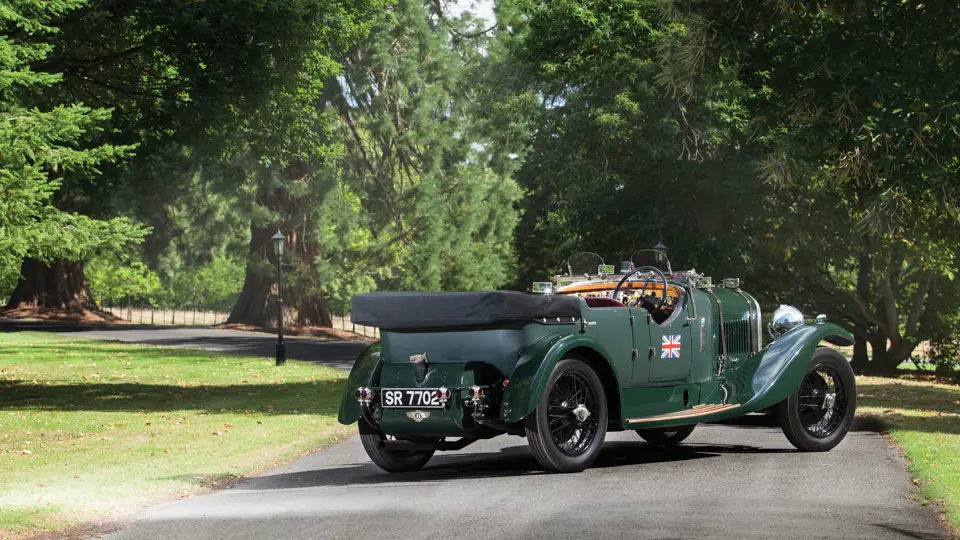



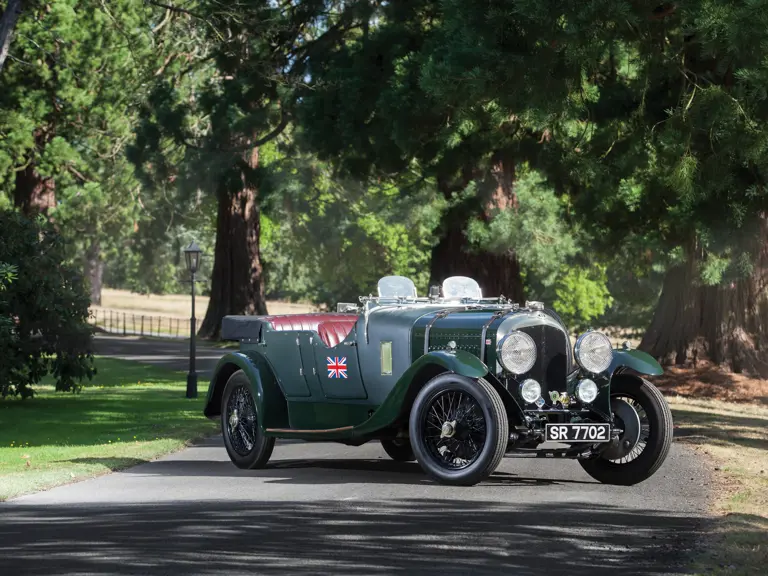
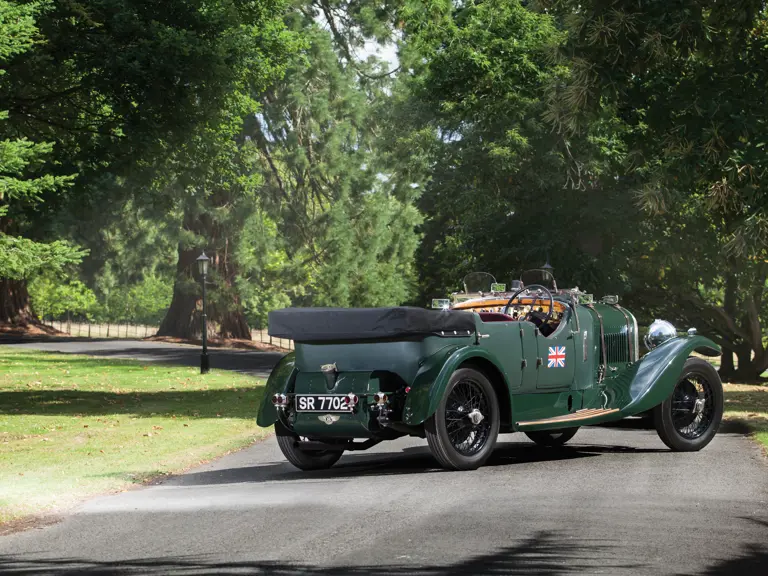
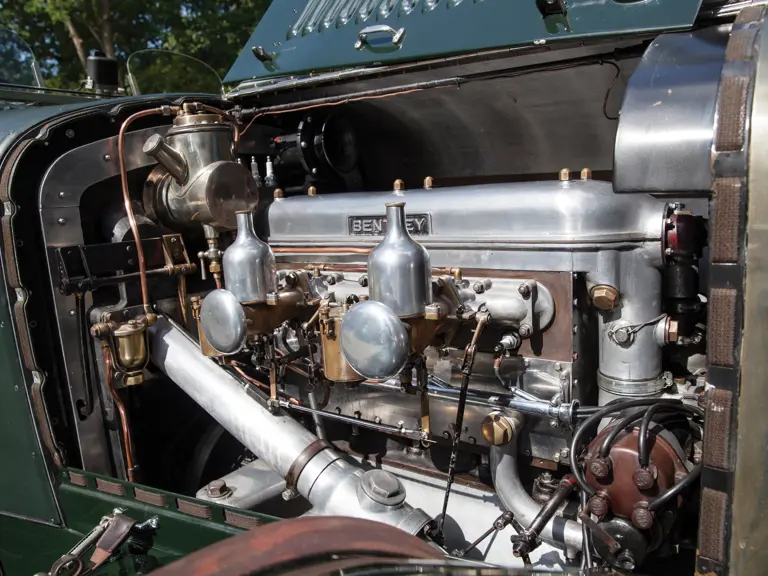
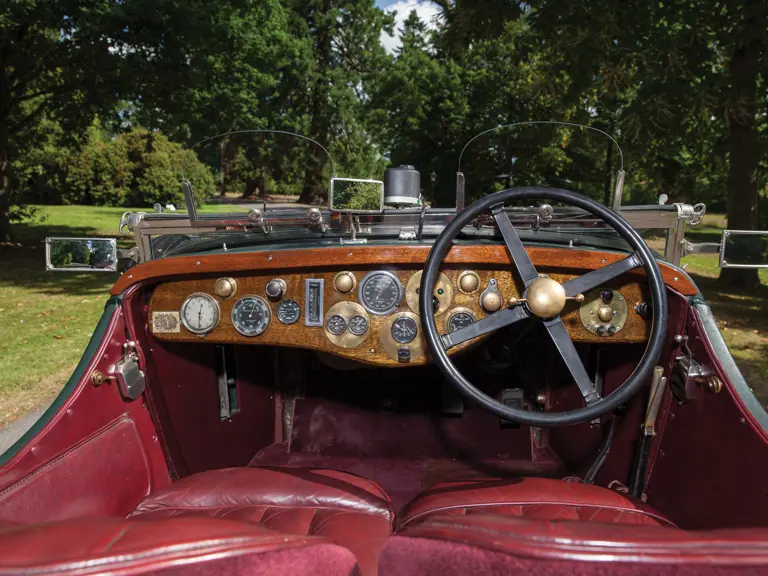

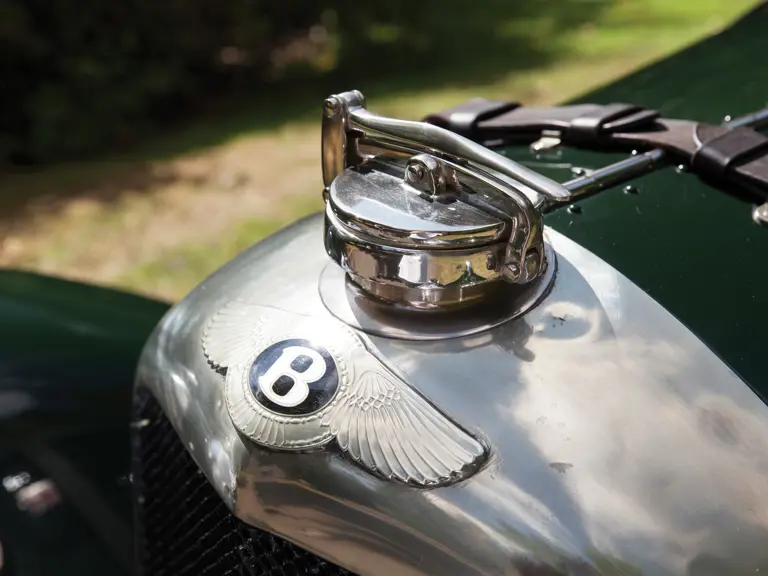

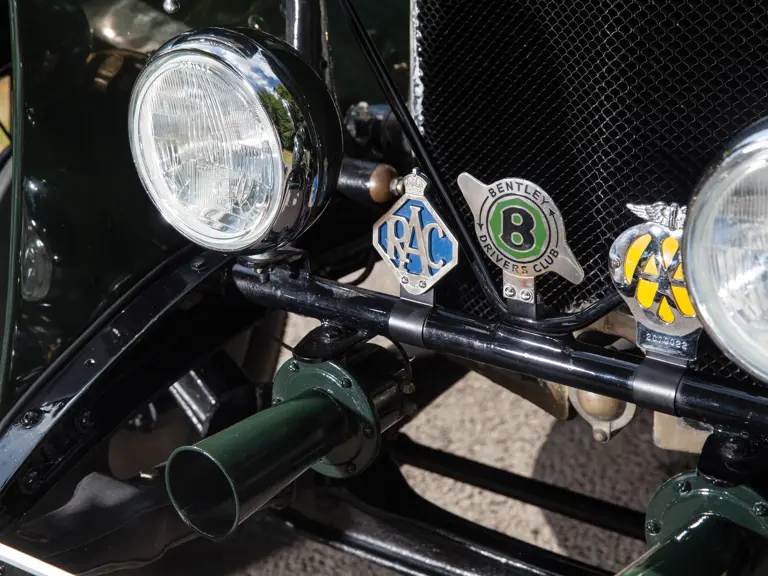
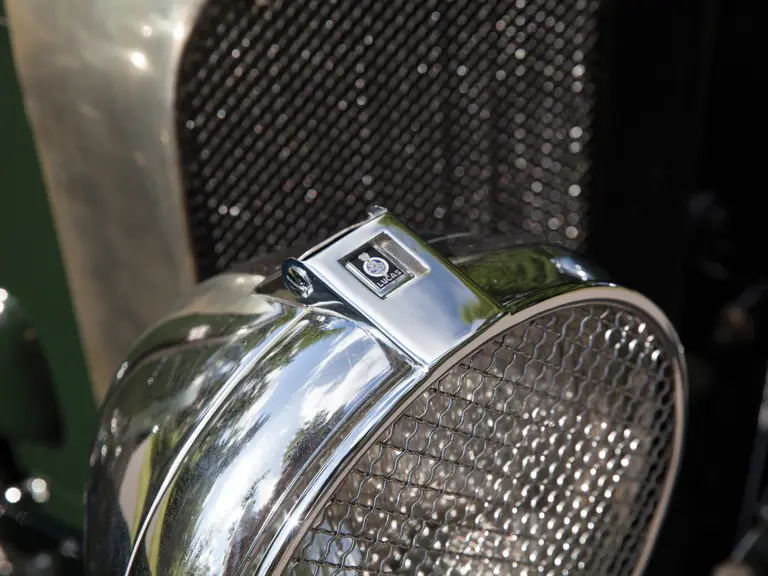

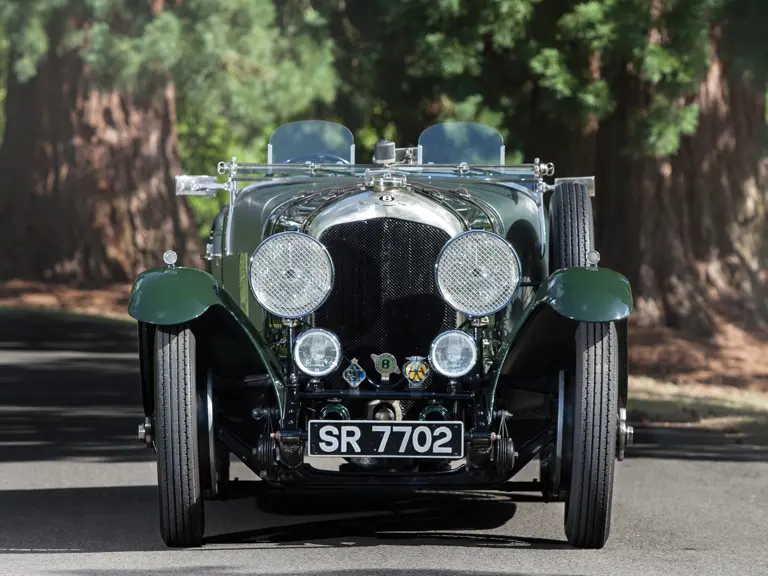
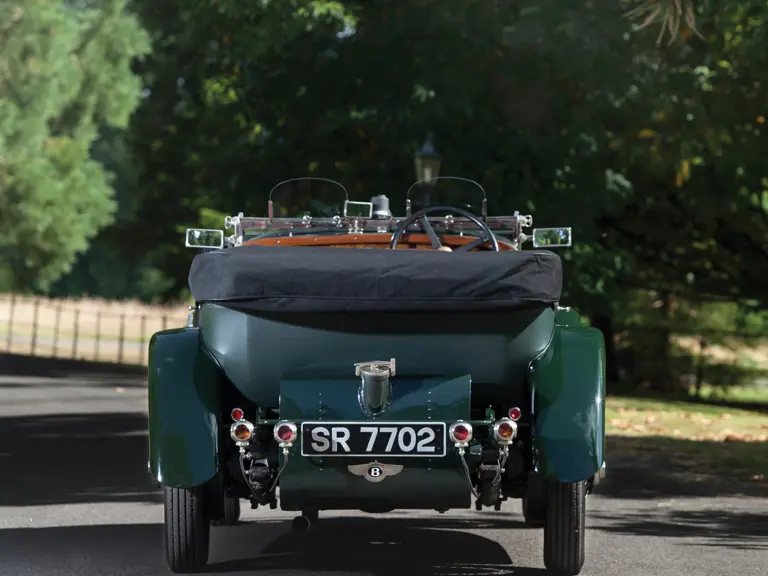
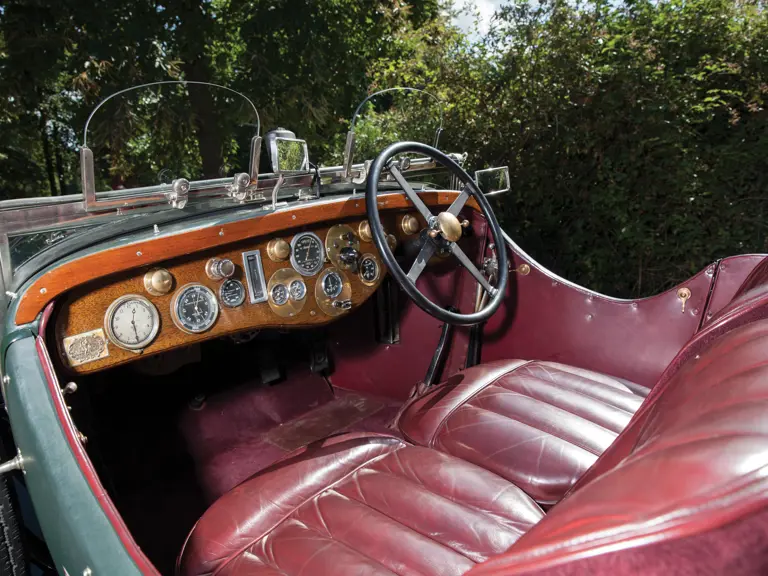
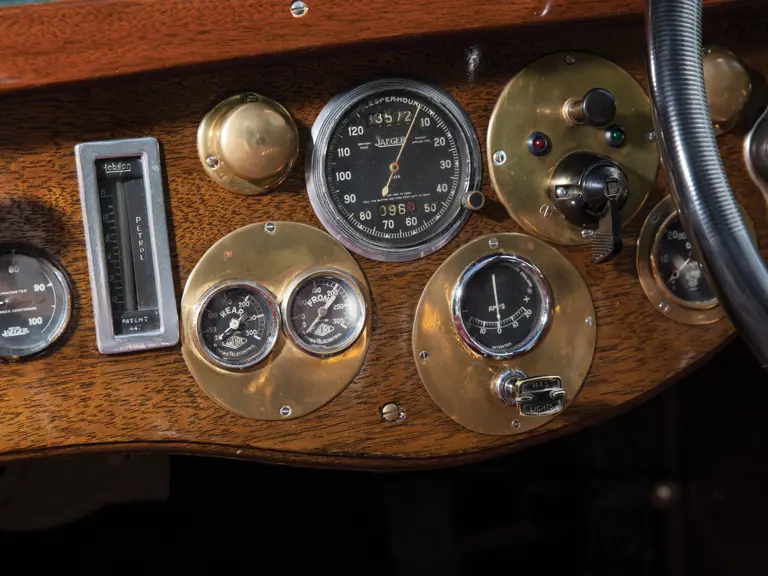
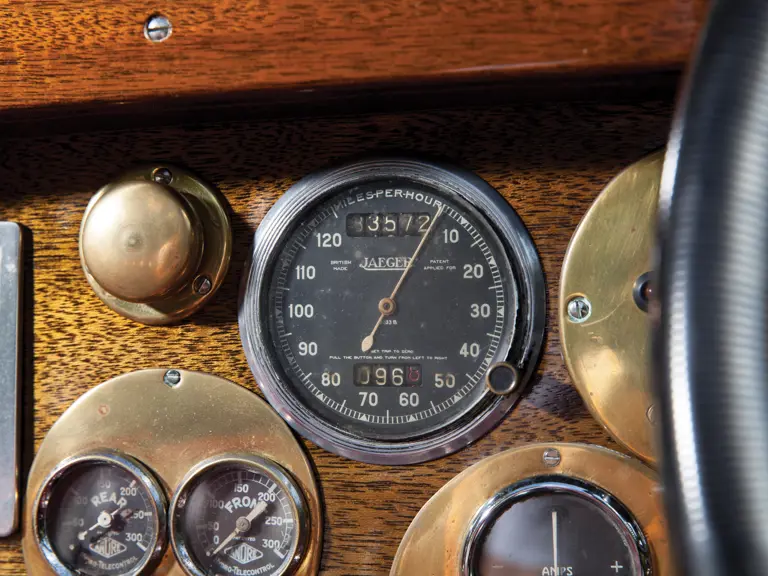
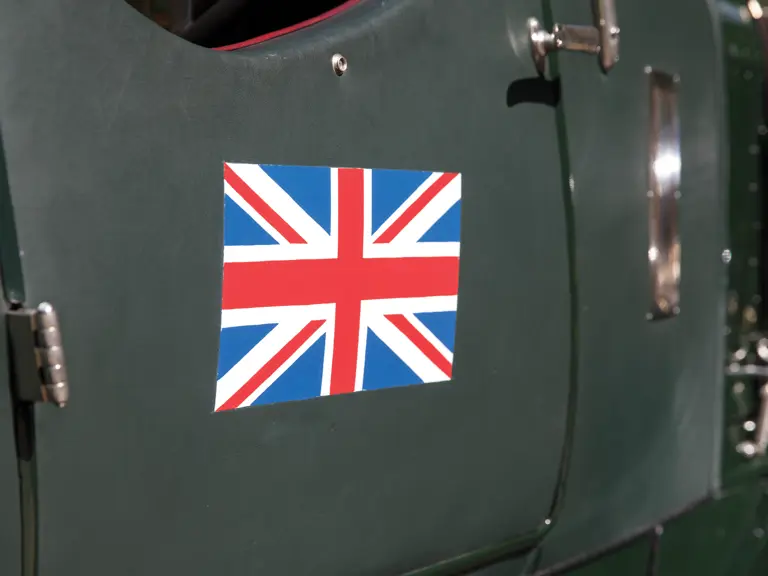
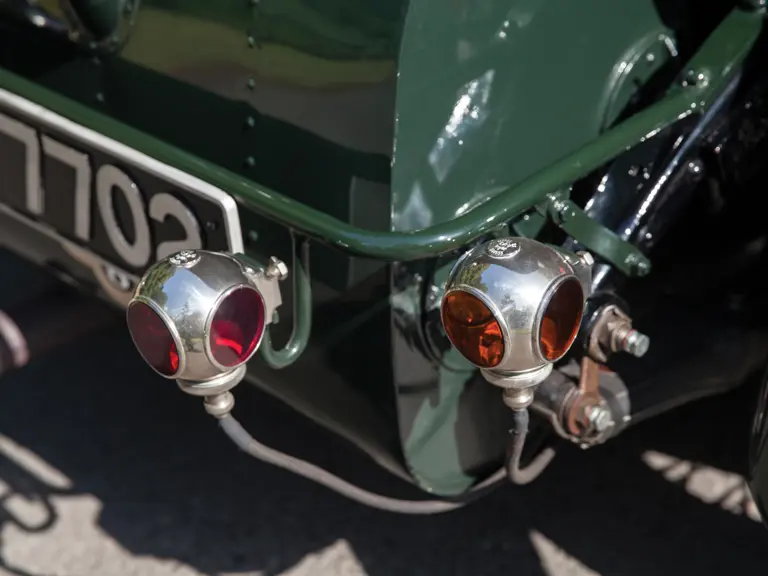
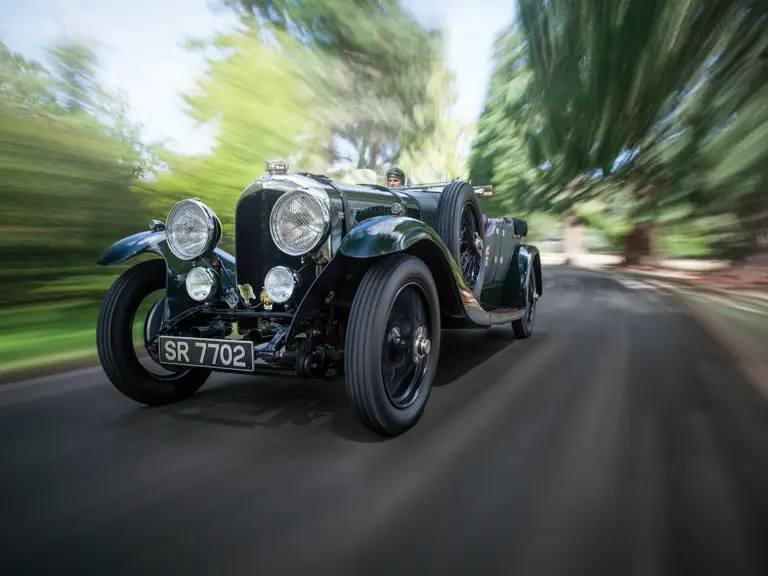
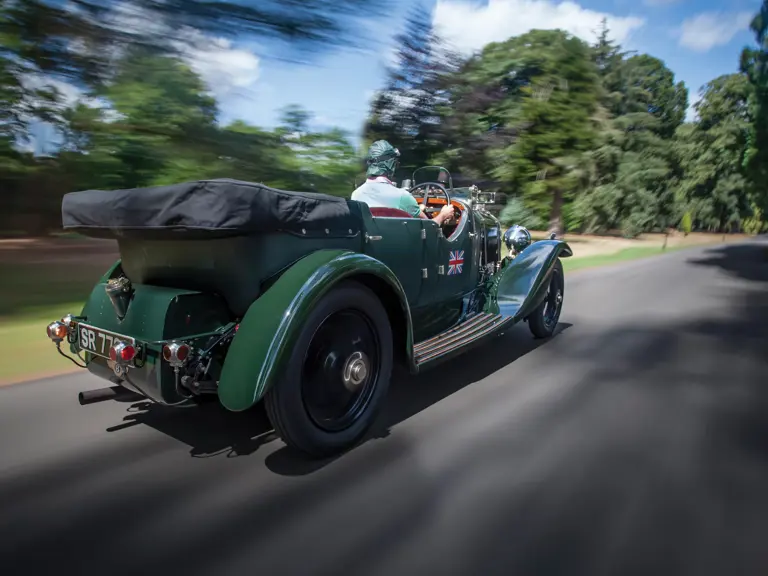


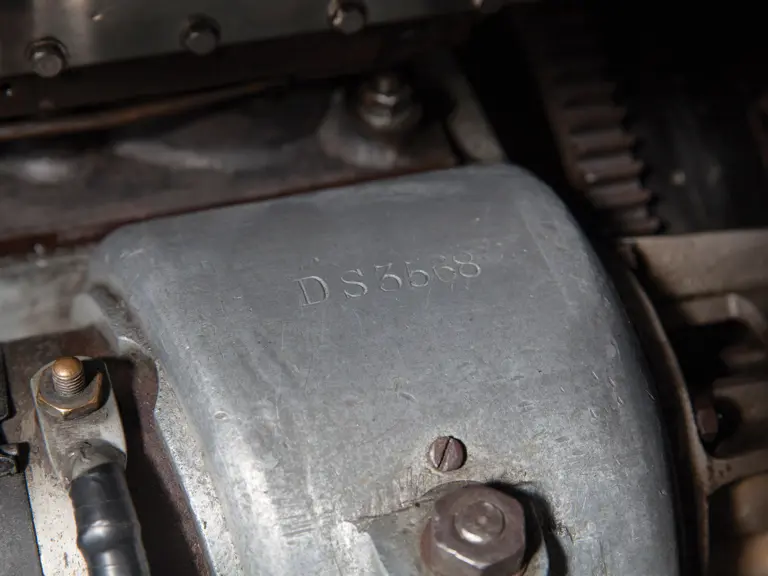
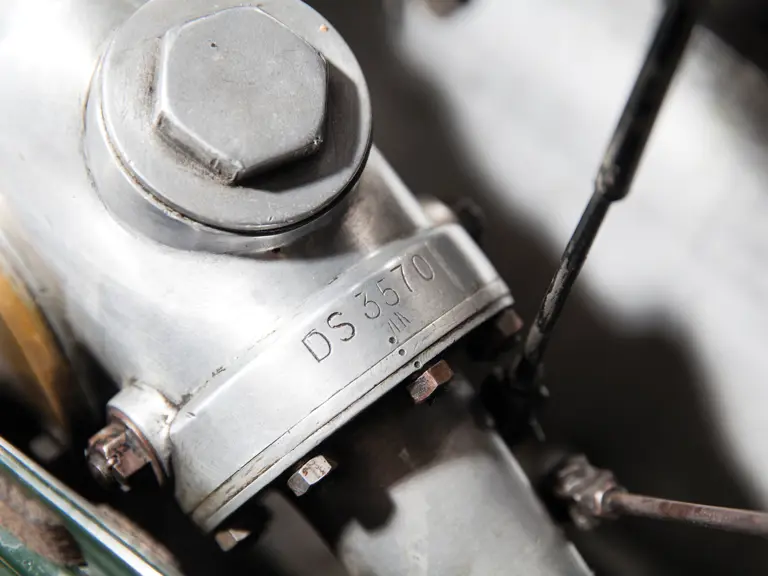
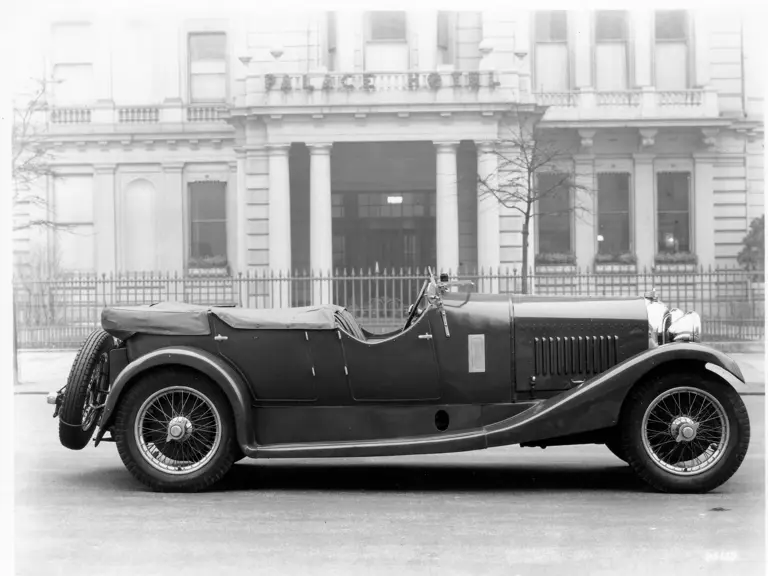
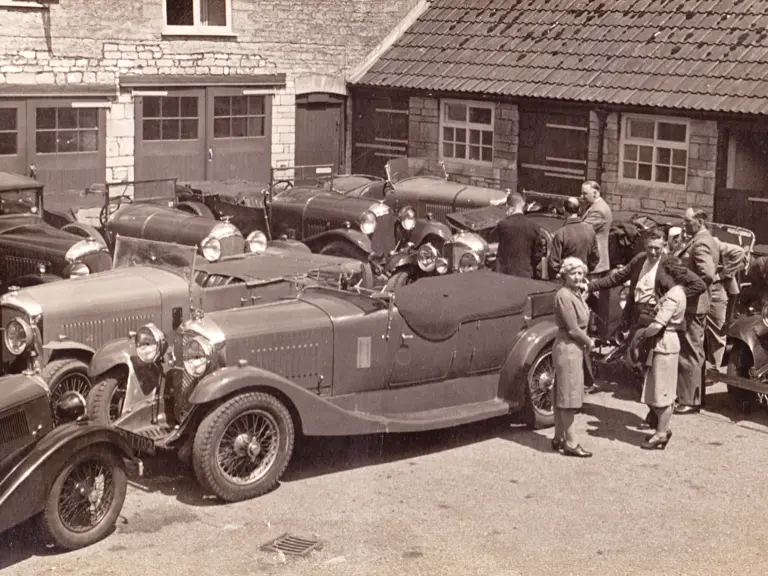
 | London, United Kingdom
| London, United Kingdom
